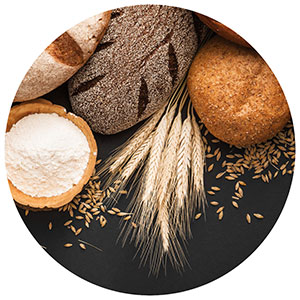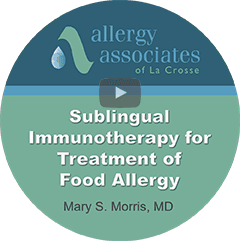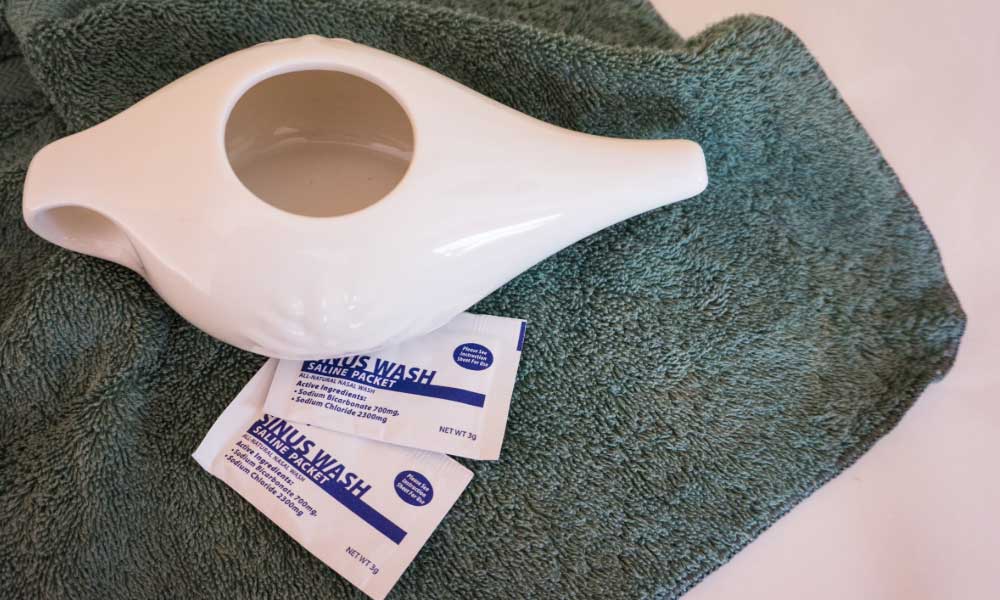The only way to treat the root cause of food allergy is immunotherapy.
Sublingual, or allergy drop immunotherapy for food allergy:
Begins at a level that’s strong enough to help build tolerance yet safe enough to avoid strong or life-threatening reactions.
Is taken under the tongue three times daily to stimulate the tolerance building cells.
Can begin at any age.
Typically helps patients achieve tolerance that enables us to do a Graded Oral Food Challenge within three years (challenges are not generally done in children under 6-years-old).
What is the goal of food allergy treatment?
- For mild to moderate food allergy, reintroducing allergic foods in the diet
- For severe to life-threatening food allergy, reducing the chances of a reaction if exposed to problem foods
Food allergies
Food allergies are becoming more common and are most often seen in people with other allergies and a family history of allergy. While most allergies are seen in childhood, they can happen at any age.
Most patients have other allergies that can trigger food allergy reactions, such as dust mites.
Diagnosing food allergies starts by observing symptoms when troublesome foods are eaten. Testing can be done by food challenges or blood testing. Blood testing safely measures the antibody levels to specific foods with good accuracy.
Everyday foods can cause allergy symptoms including:
- Mouth itching
- Headache
- Runny nose
- Congestion
- Hives
- Eczema
- Skin itching
- Upset stomach
- Fatigue
- Loose stools
The most common foods in our diet account for 90% of U.S. food reactions:
Sublingual Immunotherapy to Treat Food Allergy Video
December 2018, AAOL allergist emeritus Dr. Mary Morris presented “Sublingual Immunotherapy for Treatment of Food Allergy” at the Food Allergy Research & Education Teen Summit.
In this video you can hear her presentation explaining the differences between SLIT and OIT based on research.
Additional resources
Request an Appointment














